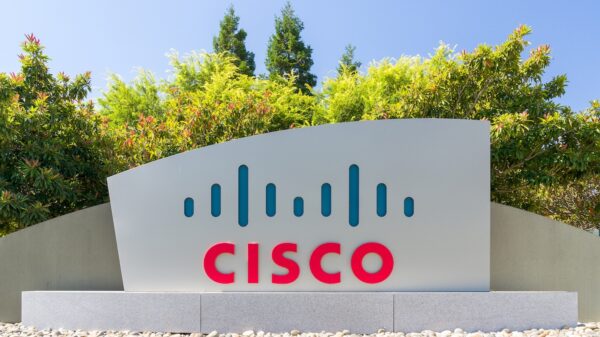UPDATE: McAfee said on June 7 its figures on Koobface were incorrect, and that the Koobface malware has actually declined.
An old face has been appearing on social networking more than usual – and it is not a friendly one.
According to McAfee’s threat report for the first quarter of 2013, instances of Koobface spiked significantly during the quarter. Koobface, an anagram of Facebook, has been used by attackers to target victims on social networks such as Facebook, Twitter and others during the past several years. According to McAfee, the number of Koobface samples detected represents double the size of the previous high, set in the fourth quarter of 2009.
“Koobface, a worm first discovered in 2008, had been relatively flat for the last year yet it tripled in the first quarter of 2013 to levels never previously seen,” according to the report. “The resurgence demonstrates that the cybercriminal community believes that social network users constitute a very target-rich environment of potential victims.”
Overall, PC malware increased 28 percent to the tune of 14 million new samples. New malware targeting Macs registered flat growth for the third consecutive quarter. In addition, McAfee noted a number of other threats that saw an uptick during the first few months of the year. Chief among them was a 30 percent increase in threats targeting the master boot record [MBR], such as StealthMBR, TDSS, Cidox and Shamoon. MBR malware has reached an all-time high during the past two quarters, McAfee noted, adding that compromising the MBR offers an attacker a wide variety of control, persistence, and deep penetration.
“MBR threats can remain on a system for a long time without the victim’s knowledge and download other forms of malware,” according to the report.
The number of suspicious URLs detected by McAfee jumped 12 percent compared to the fourth quarter of 2012 as cybercriminals continued their movement away from botnets as the primary distribution mechanism for malware, researchers reported. By the end of March, the total number of suspect URLs detected by McAfee Labs passed 64.3 million. These URLs refer to 27.7 million domain names, up six percent from the previous period.
Other findings in the report include a jump in malware targeting Google Android devices as well as the first increase in global spam volume in more than three years due in large part to a growth in pump-and-dump scams and spam campaigns in emerging markets.
“Cybercriminals have come to appreciate that sensitive personal and organizational information are the currency of their ‘hacker economy’,” said Vincent Weafer, senior vice president, McAfee Labs, in a statement. “The resurrection of Koobface reminds us that social networks continue to present a substantial opportunity for intercepting personal information. Within the enterprise, we see password-stealing Trojans evolving to become information-gathering tools for cyber-espionage attacks. Whether they target login credentials or intellectual property and trade secrets, highly-targeted attacks are achieving new levels of sophistication.”
















